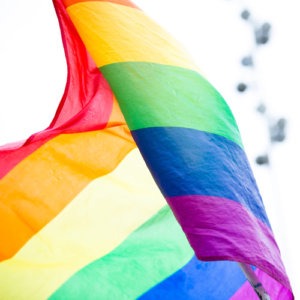When I came out as gay more than 10 years ago, there were only four letters commonly used to group various sexual and gender minorities: L, G, B and T.
These letters were an evolution toward inclusion — an expansion of the language used to represent a disparate group that had often just been called “the gay community.”
Despite their intent, the letters proved to be limiting.
Times and attitudes have changed, and the language used to discuss sexual orientation and gender identity has also changed. As a result, the established L.G.B.T. abbreviation has acquired a few extra letters — and a cluster of ancillary terminology around both sexuality and gender. Not everyone has adopted them yet.
Take, for example, the addition of “Q” that became increasingly popular as the 20th century turned into the 21st. Some insisted this stood for “questioning,” representing people who were uncertain of their sexual orientations or gender identities. Others declared it was for “queer,” a catchall term that has shed its derogatory origins and is gaining acceptance.



